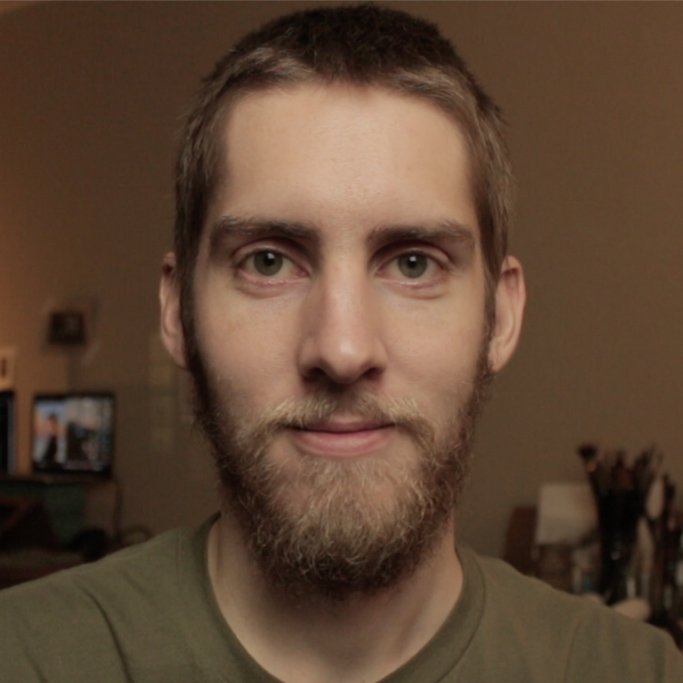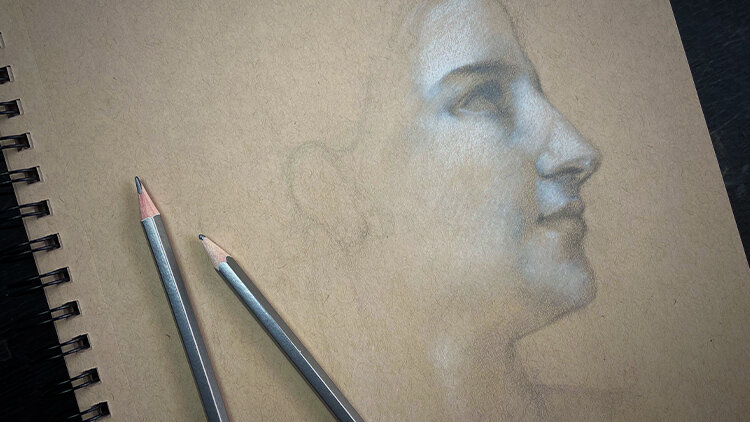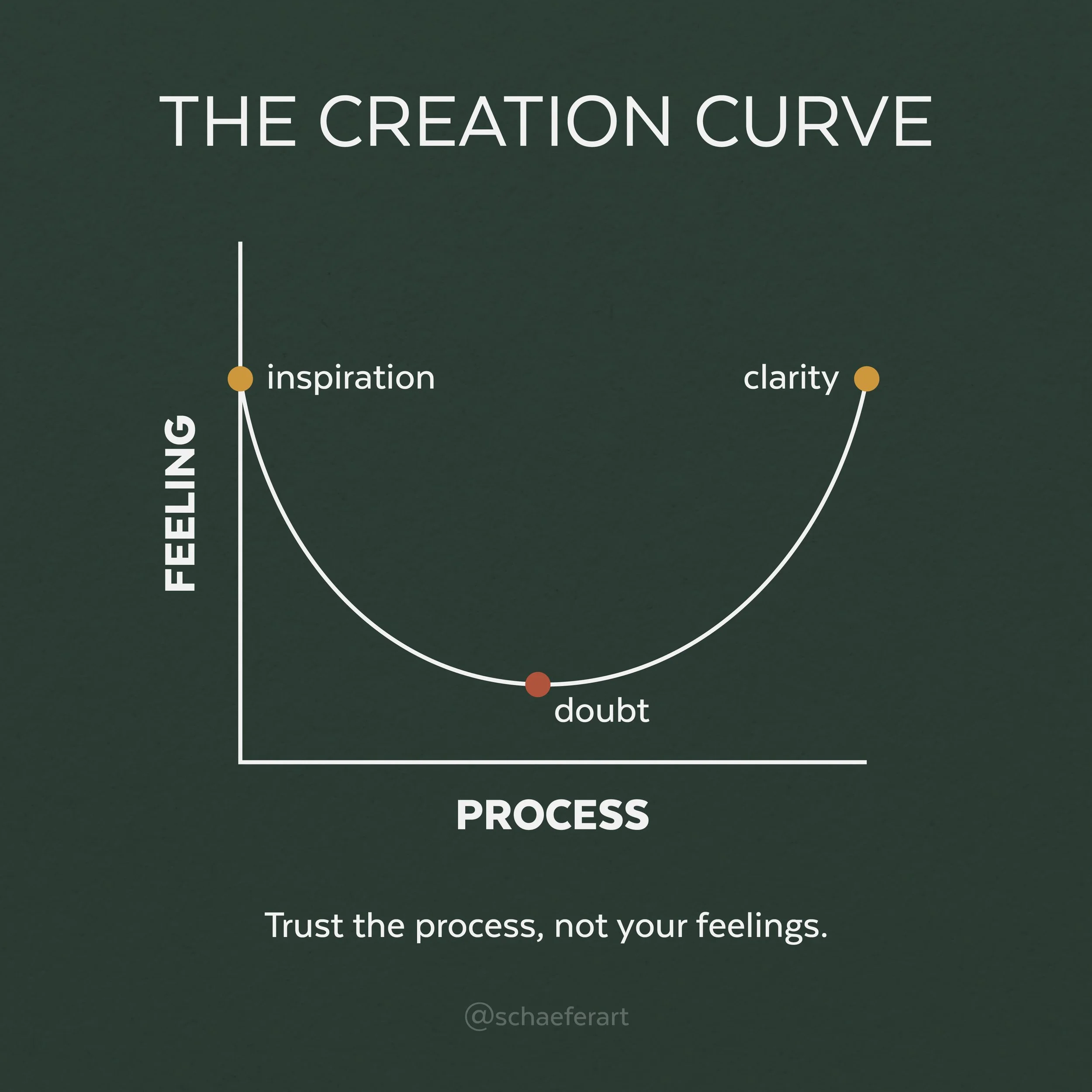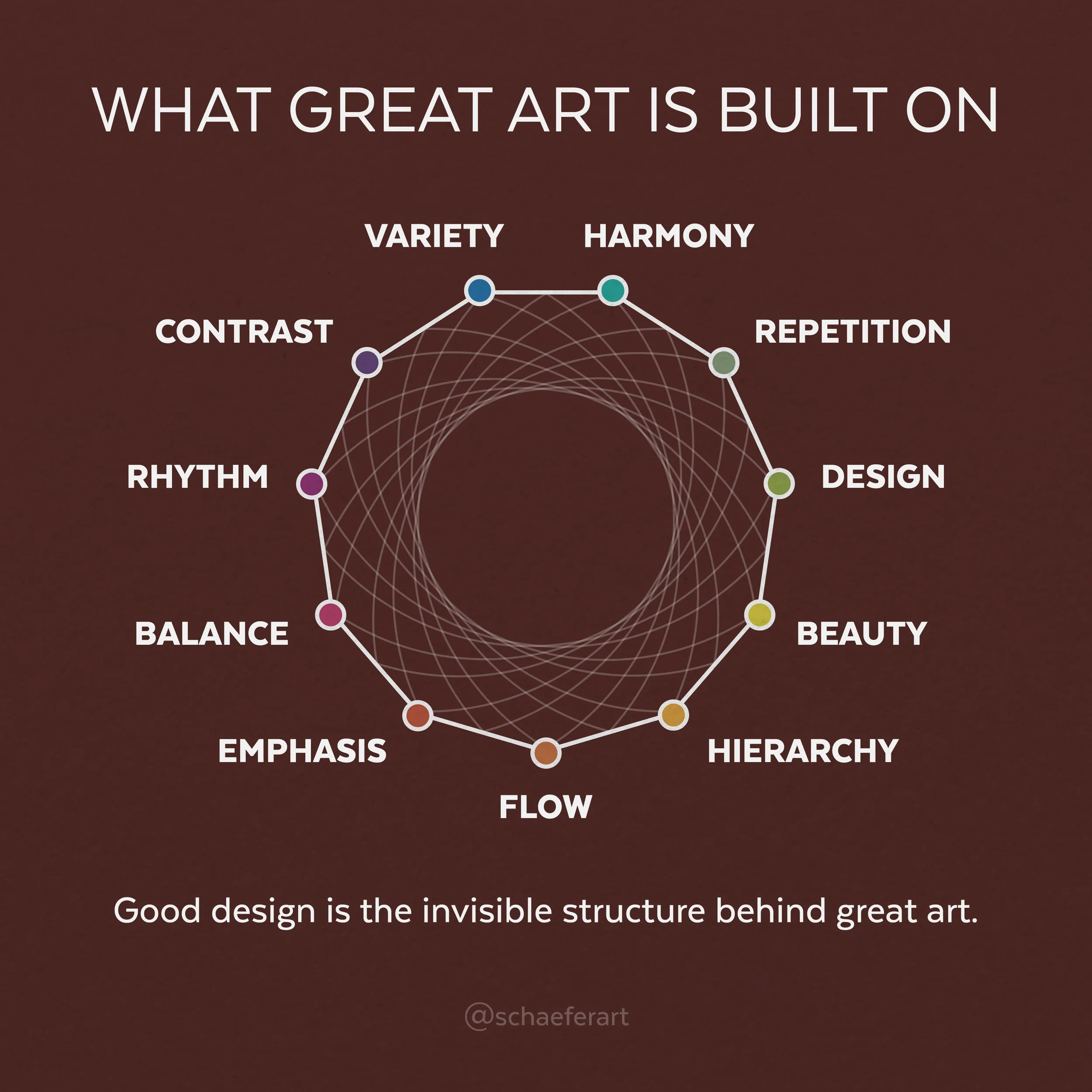What 35 Paintings in 7 Days Taught Me
A couple weeks ago, I took a week off to go traveling up the coast of northern California. My plan was to stay in some small coastal towns to paint the beautiful, rocky coast. I planned to visit the incredible redwood forests to paint as well. Towards the end of the trip, I'd make my way into the valley and stay near Mount Shasta before heading home.
Luckily, everything went mostly as planned. The ocean was awesome, the redwoods were epic, and all the views I saw in-between were amazing. Unfortunately though, the 2 days I was near Mount Shasta, I never got to the see the entire mountain due to clouds, so that was a bummer. But it was still beautiful anyway.
After 7 days, I finished 35 paintings.
Here's what I learned:
New Subjects Require Humility
Last year I did close to 300 paintings in just 4 months.
All of them were painted outdoors and on location. This gave me a lot of confidence for painting on this trip, as you can imagine.
But to my surprise, this trip humbled me.
I've never painted at the ocean or on the coast before. It was a new subject and a new place with its own set of challenges, especially the cold wind which I'm not used to. The weather changed drastically in a short amount of time. It would start off cloudy or foggy and halfway through the painting, the sun would come out.
Not exactly ideal watercolor painting.
The redwood forests were challenging enough just by themselves, even without the changing weather or light.
I made a lot of mediocre paintings, especially in the beginning.
I remember one day, I did 2 crappy paintings in the morning. Went in to rest for lunch for a couple hours. I almost didn't go back out in the evening because I felt so discouraged. I remember thinking:
"What's the point? It's just gonna be another crappy painting of the ocean and some rocks. I can't paint this.."
But despite those thoughts, I went out anyway. I pushed through and ended up creating some good paintings that evening. That's why mindset is so important as an artist.
You have to be willing to fail, get over it, and keep trying no matter what.
I remember saying this after a lot of paintings on this trip: "Nature will always win. Can't compare my painting to it now. I'll wait until I get back to the hotel to see if it's a good one."
Beautiful Doesn't Always Mean Paintable
Some subjects are beautiful, but won't make for good paintings without thoughtful design, simplification, or rearranging.
For example, the redwood forests. These trees are absolutely incredible. Words can't describe the feeling you get when walking amongst these giants.
There was one afternoon where I was driving through a scenic part of Redwoods National Park. It was a cloudy, overcast day. The forest was beautiful. But when I stopped and looked around with my painting eyes on, I just couldn't see anything. The lack of sunlight and the amount of greenery and chaos just wouldn't make for a good painting in my opinion, at that time.
Looking back now, maybe I could've made something out of it but just because something is beautiful doesn't mean it will work as a painting.
As artists, we have to remember that a painting is more than just a pretty picture.
It has certain elements of design, colors, and values which make it interesting to look at. Your subject may seem incredibly beautiful but it might lack the composition necessary to make a great piece of art.
Sometimes the best option is:
To modify or simplify the scene
Rearrange, add, or remove elements
Or just enjoy the moment, take a photo, and skip the painting
And for me on a trip like this, I decided to just skip the painting when in the forest. My limited time and materials were better spent painting something else, even though I did enjoy the experience of the forests.
Lighting Can Make or Break a Painting
Lighting is one of the most important things when it comes to making an interesting painting. I've noticed that when I try to paint between 11:30 in the morning until around 3 in the afternoon:
There's almost no shadows or contrast
The colors seem dull and less vibrant
The painting looks quite boring
And it's all due to the lighting and lack of shadows.
The only way to get around this is to either paint earlier in the morning or later in the evening. Or you can modify what you're seeing and create longer and more interesting shadows and lighting. This is a bit more advanced and not something I've really experimented with yet.
I’d like to work on this concept more. Practice modifying the lighting in my scenes to make them more interesting. At least then I'll feel more confident to use this approach when painting outdoors.
No Two Days are the Same
During this week-long trip, I stayed at 4 locations for 2 nights each. This gave me time to explore each area a bit more. I'd get a few mornings and evenings at each place, in case I wanted to paint a particular subject again but at a different time.
Now this is quite obvious but something I realized on this trip was that every day was different.
What I noticed:
Every day was different, even at the same spot and time
The weather, atmosphere, light, and even mood of the place would shift
This is kind of both a good and a bad thing.
For an artist, it's nice that something will look different the next day. It's another opportunity to paint a good subject but still make it different than what you painted just the day before.
But on the other hand, imagine you find a subject you really like but you don't have time to paint it right now. So you make a plan to come back the next day and paint it then. Once you return, now it's cloudy or the atmosphere changed. The magic doesn't seem to be there anymore.
That's the gamble of painting outdoors and dealing with nature. It's fun but sometimes can be disappointing but you just have to make the best of it and enjoy yourself.
Time Builds Understanding
One of the things I didn’t expect on this trip was how long it would take me to get comfortable with painting new subjects.
The ocean seems simple, but it’s actually extremely complex. The movement, the light, the texture of the rocks, the wet and dry sand, the layers of mist in the distance. You can’t just show up and expect to get it right on the first try.
It took me almost 10 paintings before I began to feel like I understood how to paint it in a way that was pleasing to me.
I struggled with the first few attempts. I wasn't used to painting something constantly moving like waves. It's already difficult to paint with watercolors, but the wind and cold made it even more difficult. It was quite a chaotic process, but that's the reality of painting outdoors sometimes.
Even with all these struggles, I realized that:
Every painting taught me something new
I slowly started to notice patterns and understand how the waves interact with the shore
I realized what I shouldn’t paint, just as much as what I should
I learned when to suggest details and when to leave them out
And most of all, I got faster at deciding what mattered.
That kind of understanding doesn’t come from thinking, it comes from doing. From painting the same subject over and over until it stops feeling foreign and starts to feel familiar.
I tried to see my first few attempts as practice. They were warmups.
I think too often we expect a masterpiece on the first try. But the truth is, you have to tune your eyes and hands to a new subject. You’re learning the visual language of that landscape. And it's no different than learning any other language, it takes repetition to become fluent.
Mastery doesn’t come from one perfect painting.
It comes from mileage.
You can’t skip the struggle. You can only show up, do your best, and keep going.
Your Worst Paintings Might Be Your Best
This trip reminded me how bad we are at judging our own work in the moment.
This happens every once in a while usually, but on this trip it seemed to happen more frequently. I'm not sure why exactly, but maybe it was due to the new subjects and unfamiliar places I was painting.
Either way, a couple paintings I thought were terrible while painting them ended up becoming some of my favorites.
This is why it's important to have faith, regardless of how you're feeling or thinking when you're painting. Especially since we only control the process of what we're making and not the outcome. I never knew which paintings would turn out great and which ones wouldn't. I'd just do my best each time and have faith in the process.
When I would paint at an epic location on the coast, sometimes the painting wasn't great. But other times, I painted some hills in the evening and the painting was one of my favorites.
You just never know until you take it back home and look at it there.
Some paintings I thought were great turned out average
Some quick studies became the ones I remembered most
This is why it’s so important to trust the process, not your feelings.
You never know what a painting really is until you’ve had time and distance.
Consistency > Inspiration
There were times on this trip where I didn't feel inspired to go out and paint.
As I said earlier, sometimes I did a couple of crappy paintings and felt discouraged. On top of that, add in cold and windy weather, two things I really don't enjoy. It was difficult to go back out in the afternoon sometimes, after a nap.
It would've been easier to stay inside and relax.
But I knew I only had limited time and days, so I went out anyway.
And some of my best paintings from this trip came after these difficult mornings.
That’s when I was reminded of something I’ve learned before but always seem to forget: You don’t need to feel inspired to paint. You just need to start.
Imagine if I had only done 5 or even 10 paintings on this trip. I probably wouldn’t have come home with any pieces I truly liked. Maybe 1 or 2 would've been good. But in the end, I did 35. And that gave me room to experiment, learn from the bad ones, and luckily create some great paintings.
Most people think inspiration leads to action. I’ve found it’s usually the other way around.
Action creates inspiration.
When you show up consistently, even when it’s uncomfortable, you strengthen your mind and spirit for future difficulties. You're able to handle things more easily.
And that's how you slowly build up your confidence with creating art and achieving your goals.
Hope you found this newsletter helpful in some way.
Thanks for reading.
— Brandon Schaefer

I am an artist, writer, and instructor. As a previous graphic designer for a healthcare management business, I now teach drawing, painting, and discovering your passion with art.
When You’re Ready, Here’s How I Can Help You:

Unlock your artistic potential and learn to draw with confidence using the Intuitive Drawing method. From your first sketch to creating realistic drawings and subjects.




